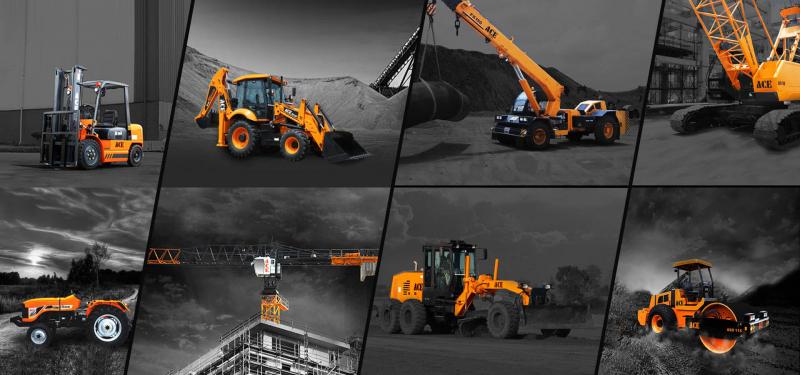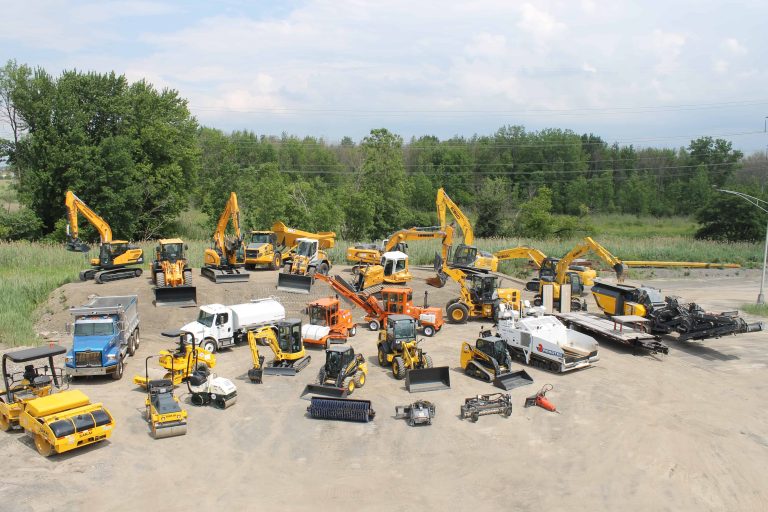Boom Lift Rental: Cost Effective and Reliable Lifts for Any Job
Boom Lift Rental: Cost Effective and Reliable Lifts for Any Job
Blog Article
Maximize Your Spending Plan by Comprehending the Costs Connected With Construction Equipment Rentals
Recognizing the complete scope of expenses linked with construction devices leasings is crucial for maximizing your budget plan. What approaches can be employed to efficiently handle these prices and ensure a more effective rental experience?
Overview of Rental Prices
When thinking about construction devices rentals, recognizing the associated prices is critical for reliable budgeting and project preparation. Rental costs can vary significantly based on numerous elements, consisting of equipment kind, period of rental, and location. The initial rental cost typically reflects the devices's market need and its associated functional capacities, influencing the total cost.
Along with the base rental rate, supplementary prices may occur, such as transport costs, fuel surcharges, and upkeep costs. It is necessary to make up these additional expenses to precisely analyze the total cost of leasing tools. The rental period can impact pricing; longer leasings may qualify for reduced prices, while temporary rentals could sustain greater day-to-day costs.

Breakdown of Rental Prices
A comprehensive understanding of rental rates is crucial for service providers and project managers intending to maximize their budget plans. Rental rates for building tools commonly contain numerous components, including base prices, time-based charges, and use costs.
Base rates are the core charges connected with the rental of the tools, frequently figured out by the type and size of the equipment. These rates can differ considerably, affected by factors such as tools need, schedule, and local market fads. Time-based costs, which may be daily, weekly, or monthly, offer to fit various task timelines and rental durations.
In addition, rental prices may include use fees, which are applicable when tools is used past a specified limit, making sure that the rental company can account for wear and tear. Seasonal need fluctuations can additionally influence rental rates, with peak building periods generally regulating higher prices.
Furthermore, understanding the rental company's plans regarding maintenance and insurance policy can provide further understanding right into the overall price framework. By evaluating these components, professionals can make educated choices, ensuring the option of rental equipment lines up with both job requirements and spending plan restrictions.
Extra Charges to Take Into Consideration
Comprehending the intricacies of extra costs is essential for professionals to manage their general leasing expenditures properly. Beyond the conventional rental rates, numerous supplemental costs can significantly impact the overall price of equipment leasing. These fees usually consist of distribution and pickup charges, which can differ based upon distance and logistics associated with moving the tools to and from the work site.
Additionally, some rental business may enforce fuel surcharges if the tools is returned with much less fuel than when leased. It is likewise necessary to recognize possible cleansing fees, particularly for specialized tools that requires extensive maintenance after usage.

Extensively reviewing the rental arrangement and clarifying these additional charges upfront can help contractors avoid unanticipated expenses and ensure that spending plans stay undamaged throughout the task lifecycle.
Repair And Maintenance Expenditures
Regular repair and maintenance costs are commonly forgotten variables that can significantly influence the total expense of construction equipment leasings. When renting out tools, it is vital to take into consideration not just the rental charges but also the possible costs related to maintaining the equipment in optimal operating condition.
Numerous rental business include fundamental upkeep as component of the rental agreement; nevertheless, extra substantial repair services or unexpected break downs can lead to extra expenditures. It's vital to evaluate the rental agreement very carefully to understand what upkeep solutions are covered and what responsibilities fall on the tenant.
Moreover, tools that is not well-maintained can result in ineffectiveness at work site, potentially enhancing and causing delays job prices. To mitigate these dangers, it is suggested to carry out routine evaluations and preserve open communication with the rental service provider relating to any kind of concerns that occur during use.
Insurance Policy and Responsibility Expenses
Insurance and obligation costs are critical parts that can significantly impact the overall cost of heavy duty auger building and construction devices rentals (scissor lift rental). These expenses ensure that both the rental firm and the customer are secured from possible financial losses occurring from crashes, damages, or burglary during the rental duration

Additionally, clients ought to recognize any deductibles or exclusions in the insurance policy, as these can affect prospective out-of-pocket expenses. Comprehending the terms of any type of insurance policy coverage mixer machine for construction is important to prevent unforeseen expenses. Ultimately, budgeting for insurance coverage and responsibility expenses can help guarantee a smoother rental experience and safeguard against economic threats related to building tasks.
Conclusion
Finally, an extensive understanding of the prices related to building tools services is crucial for efficient budget plan administration. By examining rental prices, additional costs, maintenance costs, and insurance companies, demands and individuals can lessen unexpected expenditures. This strategic strategy not only improves cost-effectiveness however likewise makes sure that jobs progress smoothly and effectively. Eventually, informed decision-making relating to equipment services adds to the general success of construction endeavors.
Rental prices can differ significantly based on numerous factors, including devices kind, period of rental, and location (boom lift rental). The rental duration can affect prices; longer services might certify for reduced rates, while short-term rentals could sustain greater day-to-day fees
By performing detailed study and heavy equipment dolly rental engaging with respectable rental firms, service providers can properly browse the intricacies of rental pricing, ultimately maximizing their financial sources.
Beyond the conventional rental rates, different additional charges can dramatically affect the overall price of devices leasing. Rental business commonly give obligation insurance policy that covers injuries to third parties or damages to residential property, while devices damages insurance coverage can cover the cost of repair work or substitute if the leased tools is damaged.
Report this page